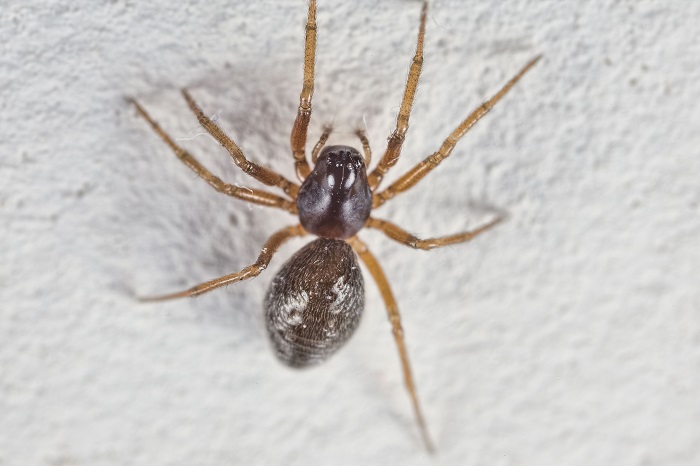
Introduction to Brick Masonry
Brick masonry has been a cornerstone of construction for centuries due to its strength, durability, and aesthetic appeal. However, even the best bricks and mortar can encounter issues if proper techniques are not followed or if maintenance is neglected. Selecting the right construction material and ensuring precise execution are critical to the longevity and stability of your brick masonry construction.
Common Brick Masonry Problems
- Cracks — Warning Signs of Structural Stress
Cracks in brick walls can result from ground movement, thermal expansion, or improper bonding of bricks and mortar. Cracks not only compromise structural integrity but also allow water infiltration, which may lead to further deterioration.
- Efflorescence — White Salt Deposits
Efflorescence appears as a white powder on the surface of bricks, caused by salts being carried to the exterior by water. While primarily a visual concern, it indicates water penetration, which must be addressed to prevent long-term damage.
- Spalling — Flaking Bricks
Spalling occurs when brick surfaces flake or peel due to moisture infiltration and freeze-thaw cycles. Low-quality or softer bricks are particularly susceptible. Spalling is both a cosmetic and structural concern and should be treated promptly.
- Poor Mortar Bonding
Inadequate bonding between bricks and mortar can result in weak walls prone to crumbling. Proper application techniques and high-quality mortar are essential for strong brick masonry construction.
- Water Penetration
Water is the most significant threat to brick walls. Leaks from roofs, poor drainage, or gaps in the masonry allow water to compromise wall stability, causing mold, mortar deterioration, and structural weaknesses.
Causes of Brick Masonry Failures
- Low-Quality Construction Materials
Using substandard bricks and mortar may reduce upfront costs but leads to premature failures. Selecting high-quality construction material is essential for durability and longevity.
- Poor Workmanship
Even high-quality materials cannot compensate for poor construction practices. Skipping proper steps, rushing mortar application, or incorrect mixing techniques can result in cracks, weak walls, and other issues.
- Environmental Factors
Weather conditions such as sun, rain, and freezing temperatures can accelerate brick deterioration. Selecting materials suitable for the local climate is crucial for maintaining structural integrity.
Preventive Measures for Healthy Brick Walls
- Use Quality Materials
Start with high-grade bricks and mortar. This is the foundation for durable and strong brick masonry construction.
- Employ Skilled Workmanship
Hire experienced professionals who adhere to proper construction practices. Precision and attention to detail ensure walls that are stable and long-lasting.
- Conduct Regular Inspections
Monitor walls for cracks, efflorescence, and spalling. Early detection allows for timely repairs, preventing expensive structural issues.
- Protect Against Water Damage
Waterproofing, clean gutters, and sealed joints are vital. Preventing water penetration is the most effective way to preserve brick masonry and maintain the integrity of your home.
Conclusion
Brick masonry construction offers timeless beauty and structural strength when executed with quality materials and proper techniques. By selecting the right construction material, maintaining diligent workmanship, and performing regular inspections, you can ensure your walls remain solid, durable, and aesthetically pleasing for decades. A well-constructed brick wall is more than just a structure—it is a reliable companion that protects your home and family.
Top 10 Tips for Choosing the Right Long-Distance Moving Company
November 6, 2025
Comments are closed.




